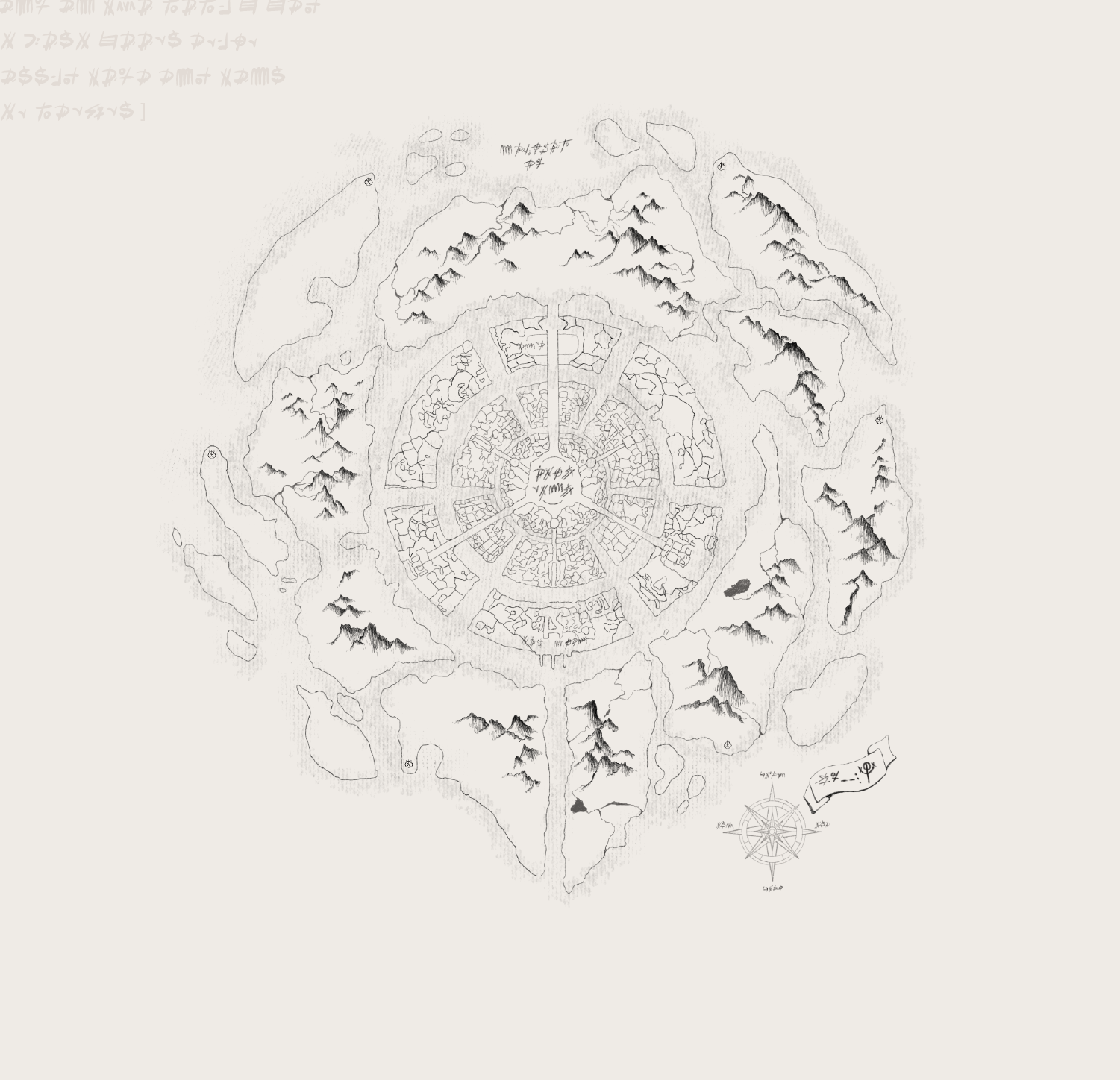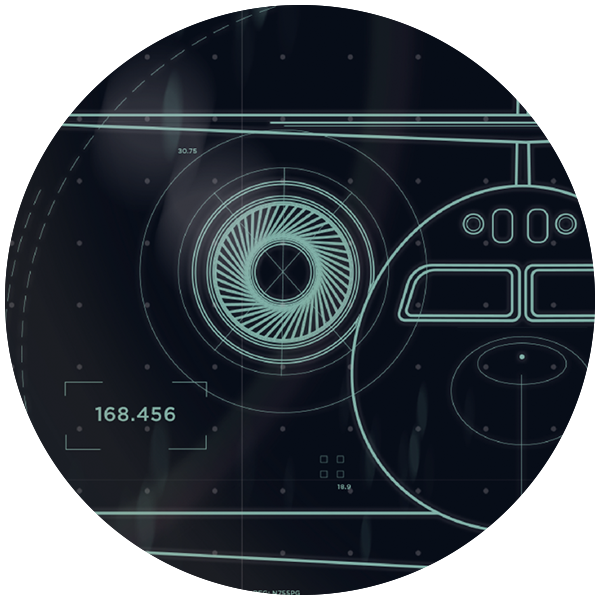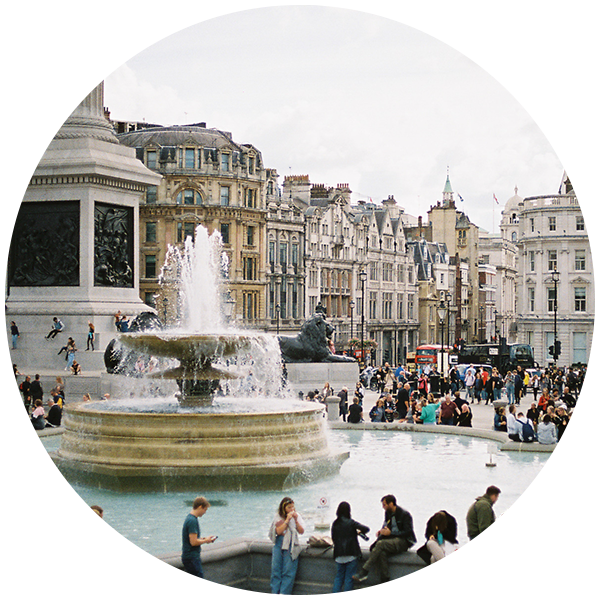THE LOST CITY OF ATLANTIS
// a depiction of cinematic graphics
You are likely captivated by the actors, dialogue, and plot when watching a movie. Or it could be the cinematography, dramatic landscapes, detailed sets or costumes that captures your attention.
Completely immersing you in the world where a story lives depends on the visual elements that depict it. These are typically considered sets, costumes, and props, all production design elements. Another of these elements, is graphics. Film graphics appear in scenes without distracting from the story. They range from the more well-known special effects and computer-generated imagery to opening credits, marketing, and merchandising to the lesser-known filmed graphic objects such as signage, film brands, documents and clothing accessories.
I displayed some of these graphic elements for my final student project. The graphics all follow the story of the mythical island of Atlantis as a utopian naval power near the Mediterranean Sea in 300 BC. The display is reminiscent of a utopian societal building interior with references to the standard depiction of Atlantis and Greek mythology through the greenery, drapery and color tones. Alongside that are augmented reality emulations of post-production visual effects further emphasizing the idea of an advanced society living quietly in a slowly advancing world.
To create this world, I took the story of the lost city and added my interpretations to its plot to develop a storyline that became the base of my project.
view process book + research ︎︎︎
// a depiction of cinematic graphics
You are likely captivated by the actors, dialogue, and plot when watching a movie. Or it could be the cinematography, dramatic landscapes, detailed sets or costumes that captures your attention.
Completely immersing you in the world where a story lives depends on the visual elements that depict it. These are typically considered sets, costumes, and props, all production design elements. Another of these elements, is graphics. Film graphics appear in scenes without distracting from the story. They range from the more well-known special effects and computer-generated imagery to opening credits, marketing, and merchandising to the lesser-known filmed graphic objects such as signage, film brands, documents and clothing accessories.
I displayed some of these graphic elements for my final student project. The graphics all follow the story of the mythical island of Atlantis as a utopian naval power near the Mediterranean Sea in 300 BC. The display is reminiscent of a utopian societal building interior with references to the standard depiction of Atlantis and Greek mythology through the greenery, drapery and color tones. Alongside that are augmented reality emulations of post-production visual effects further emphasizing the idea of an advanced society living quietly in a slowly advancing world.
To create this world, I took the story of the lost city and added my interpretations to its plot to develop a storyline that became the base of my project.
view process book + research ︎︎︎
The Lost City of Atlantis
Plato, a Greek philosopher, first told the story of Atlantis around 360 B.C. He theorized that the founders of Atlantis were half-god and half-human, sons of Poseidon, God of the Sea. They were granted the islands by Poseidon himself and tasked with creating a utopian civilization that would wield great naval power in the west, past the Pillars of Hercules at the Strait of Gibraltar. Their home comprised concentric islands separated by wide moats and linked by a canal that led to the city center. The lush islands contained gold, silver, and other precious metals that the Atlanteans used in building great boats and weapons. The island supported abundant rare, exotic wildlife. And it's people tasked with protecting and shielding from the outside world. Surrounded by mountain ranges taller than the Himalayas, the people were safe, and the city was invisible to those who attempted to find it.
Atlanteans were said to be of great intelligence and to possess power far beyond their time. Their quick technological advancements led Atlantis to develop strength and dominate the other Mediterranean societies. With ships that traveled two-week journeys in two days and the occasional flying craft, Atlantis was the power behind historical battles and developments though many doubted its existence. Over time, they disappeared into the shadows and held firm to their fortress, eventually disappearing forever into the sea, turning truth into legend. Or so people say.
Plato said Atlantis existed about 9,000 years before his time and that poets, priests, and others had passed down its story. But Plato's writings about Atlantis are the only known records of its existence.



These things are really meant to be invisible... we don’t want to make anything that distracts from the storyline.—
Annie Atkins, graphic designer + prop maker for film + television
solo project
—
—
category
production design
film graphics
illustration
typography
linguistic research
historical design
production design
film graphics
illustration
typography
linguistic research
historical design
special thanks
aaron sutherlen: associate professor of art; drew davis: digital instructional specialist; holdrege high school drama department; lila johnson; wade johnson; brandon zaruba, amy walker, scott walker, alesia zaruba
aaron sutherlen: associate professor of art; drew davis: digital instructional specialist; holdrege high school drama department; lila johnson; wade johnson; brandon zaruba, amy walker, scott walker, alesia zaruba










